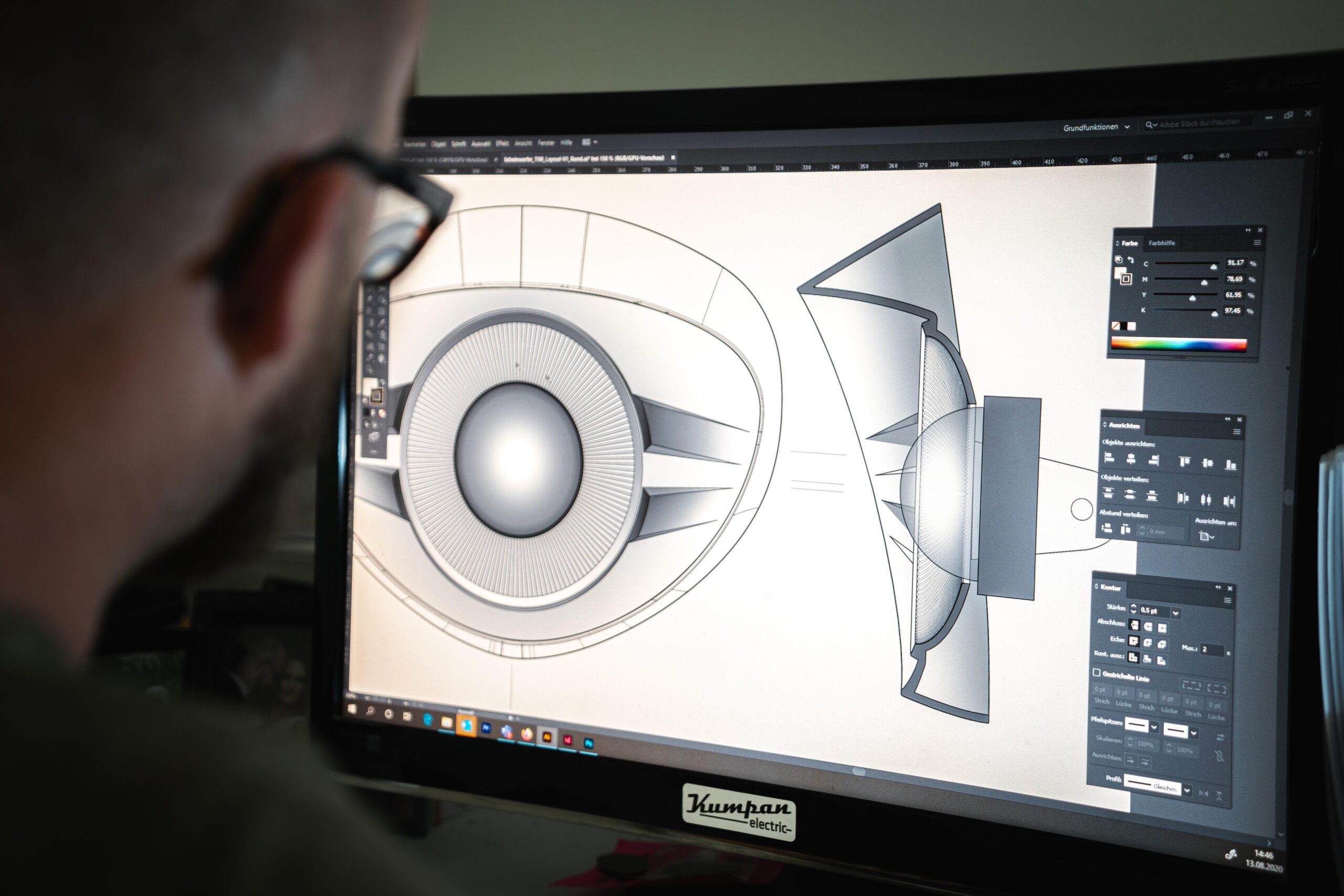One of the most critical aspects that determine the success of a product is user-centred design. It is an approach to design that places the user’s needs, wants, and preferences at the forefront of the design process. This approach ensures that the final product is intuitive, easy to use, and meets the user’s needs. In this article, we will discuss the importance of user-centred design in UI product design.
What Are The Benefits?
One of the primary benefits of user-centred design is that it creates products that are customized as per the user’s need. This approach involves conducting extensive research to understand the needs, pain points, and preferences. This helps the designers to create intuitive, easy-to-use, and meeting user’s expectations products. It leads to increased user satisfaction and loyalty toward the product.
Furthermore, the user-centred design creates products accessible to a wider range of users, including those with disabilities. Designing for accessibility is essential as it ensures that everyone can use the product, regardless of their abilities. This is not only a moral imperative, but also a legal requirement in many jurisdictions.
User-centred UI product design is also essential in creating products for a diverse range of users. This involves understanding the user’s cultural background, language preferences, and other unique needs. By doing so, designers can ensure that the product is relevant to a larger audience.
It also creates products that are easy to learn and use. By placing the user’s needs at the forefront, designers can create products that are intuitive and require minimal training to use. This leads to increased user adoption and reduces the need for extensive user manuals or training programs.
It can also increase product adoption and reduce development costs. By involving users in the design process, designers can identify potential issues early on and make necessary changes before releasing the product. This reduces the risk of costly product recalls or redesigns, which can be both time-consuming and expensive.
Lastly, a user-centred design concept can also increase brand loyalty and customer satisfaction. By creating products that are exactly needed by the users, designers can ensure that the result would give a positive user experience. This helps to increase customer satisfaction and loyalty towards the brand.
The Bottom Line
Thus, user-centeredness is a crucial aspect of UI product design. It should never be overlooked. By placing the user’s needs, wants, and preferences at the forefront of the design process, designers can create intuitive, accessible, products that meet the end user’s expectations. This leads to increased user satisfaction, reduced development costs, and increased brand loyalty. As such, UI product designers should embrace user-centred design and make it a core aspect of their design process. It is essential to understand what the users want before starting with the process.





